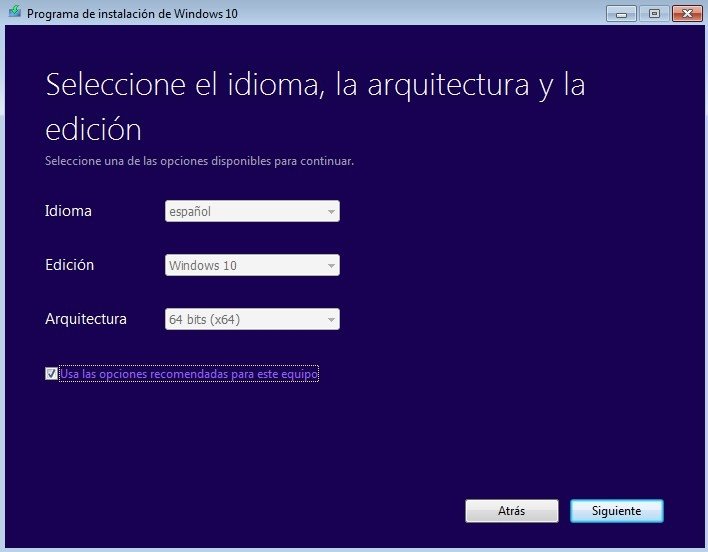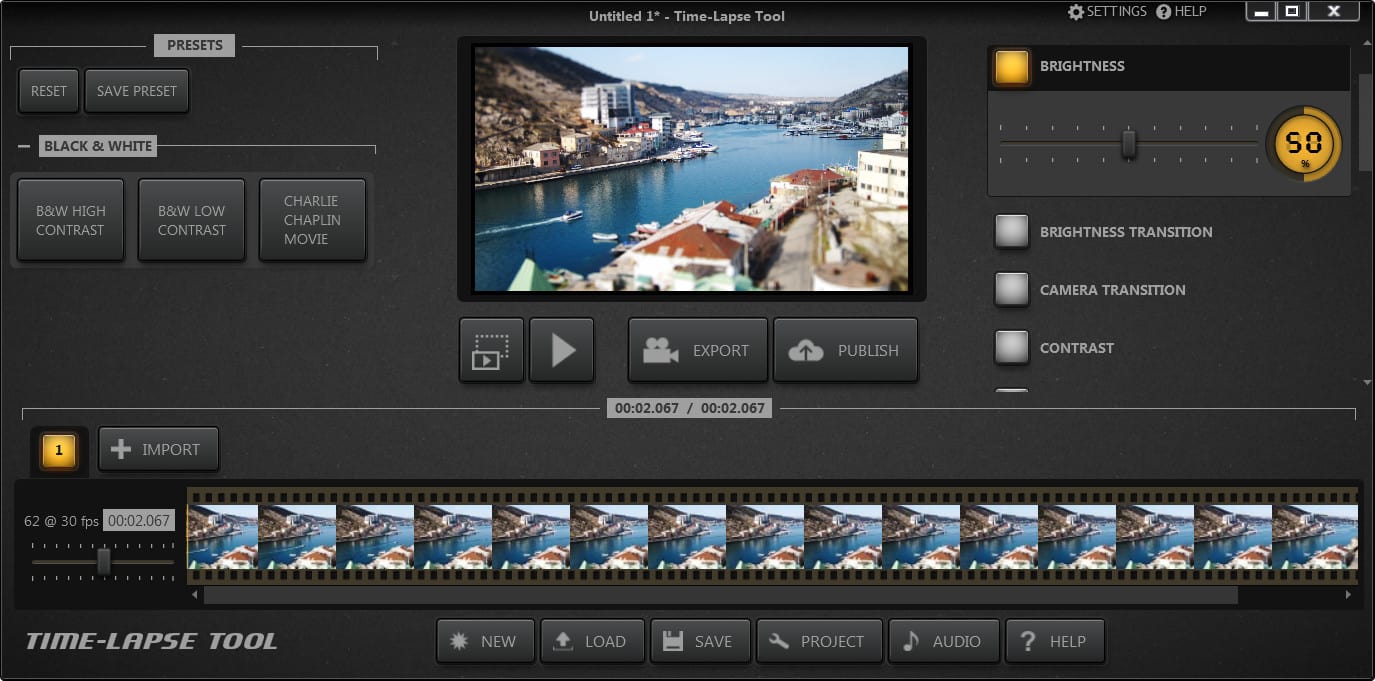

Use Windows 10 Media Creation Tool to Create Installation Media or Upgrade PCĪlong with making the download of Windows 10 ISO file, Microsoft has also made available Windows 10 Installation Media Tool.


The media creation tool can be used to upgrade your current PC to Windows 10 or to create a USB or DVD and install Windows 10 on a different PC. Actual operating life of the product may be different from the MTTF. MTTF (Mean Time to Failure) is not a guarantee or estimate of product life it is a statistical value related to mean failure rates for a large number of products which may not accurately reflect actual operation.IOPS: Input Output Per Second (or the number of I/O operations per second).Windows 10 Media Creation Tool 6.117 | 17.6 Mb You can later on burn that ISO file to a DVD if you wish. This process uses a tool called “Windows installation Media Creation Tool” and will allow you to download and create a bootable Windows 8.1 USB or ISO file. Then follow the onscreen instructions to repartition your startup disk and download related software drivers for Windows. Open this app from the Utilities folder inside the Applications folder. Well, disable it, restart your MacOS, do the changes and then don't forget to enable it again.Boot Camp Assistant guides you through installing Windows on your Mac. basically, you need to restart your mac in recovery mode, go to menu utilities and open terminal, type crsutil status to check if it is enabled or disabled, then you can use csrutil disable or csrutil enable. Obs.: if your MacOS complain, you need to disable the CSR before change this. That's it, now when you open the Bootcamp assistant you can use the option that allows you to create a USB install boot disk. it will ask if you want to replace it, then you answer yes. Save this file, go back to the contents of the Boot Camp Assistant and drag the newly edited file into. In my case I changed from Macbook7,2 to MacBookPro8,2. If it is like PreUSBBootSupportedModels, change the name to USBBootSupportedModels, expand this line and at the item0, edit and write down your MacBook model as a string value. Open this ist file with a plist file editor or xcode, then look for a line saying "USBBootSupportedModels". Then find the file ist and drag and drop to a whatever folder you created before. go to your application>utilities, select the Boot Camp Assistant app, right click > show packages content. So, for those who can't create the USB install disk, here some tip.


 0 kommentar(er)
0 kommentar(er)
